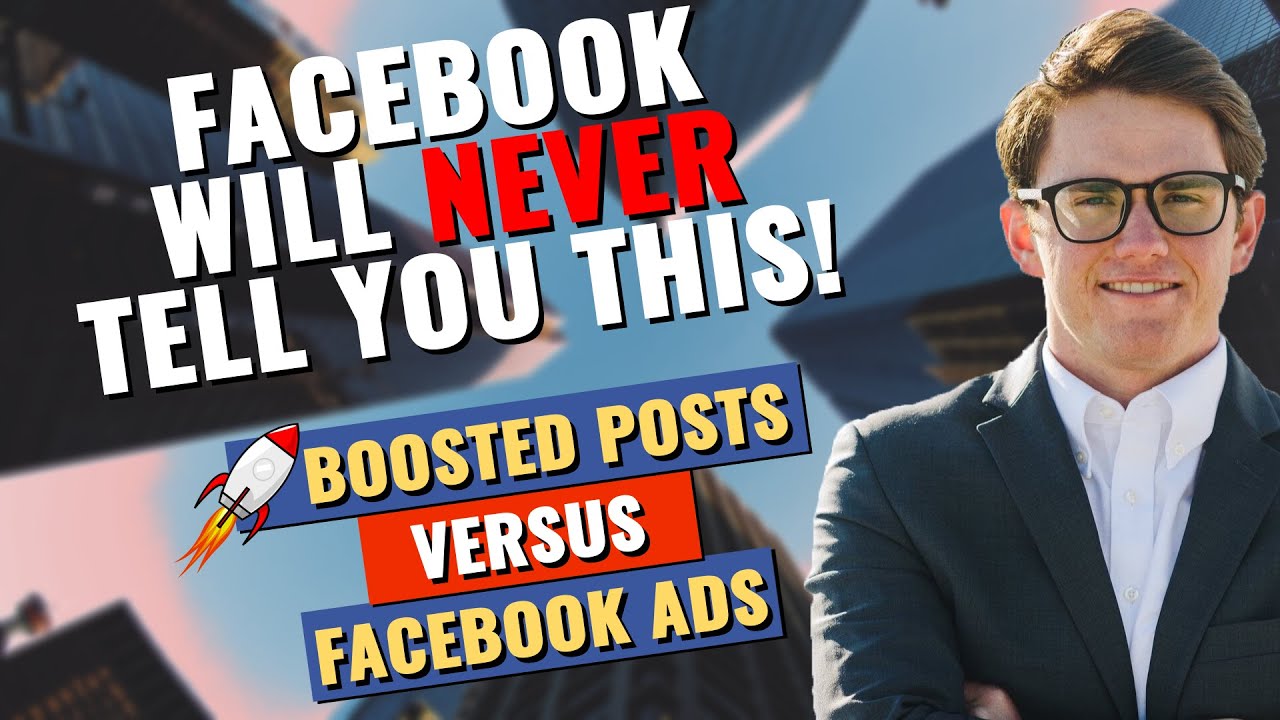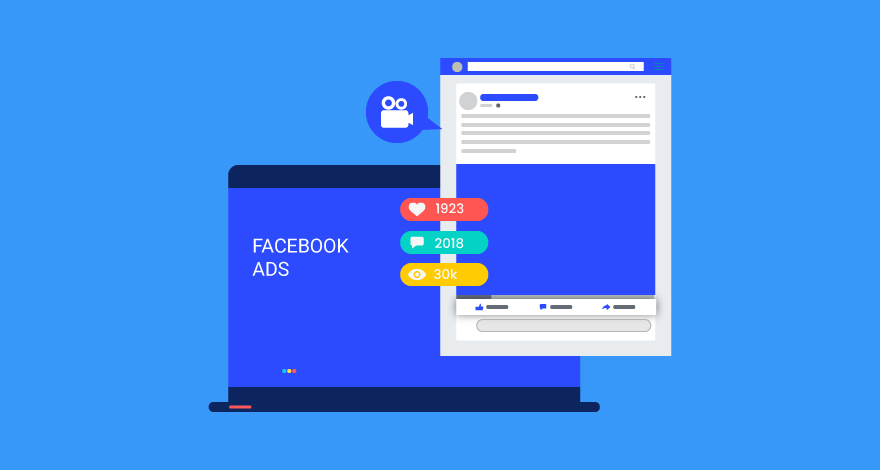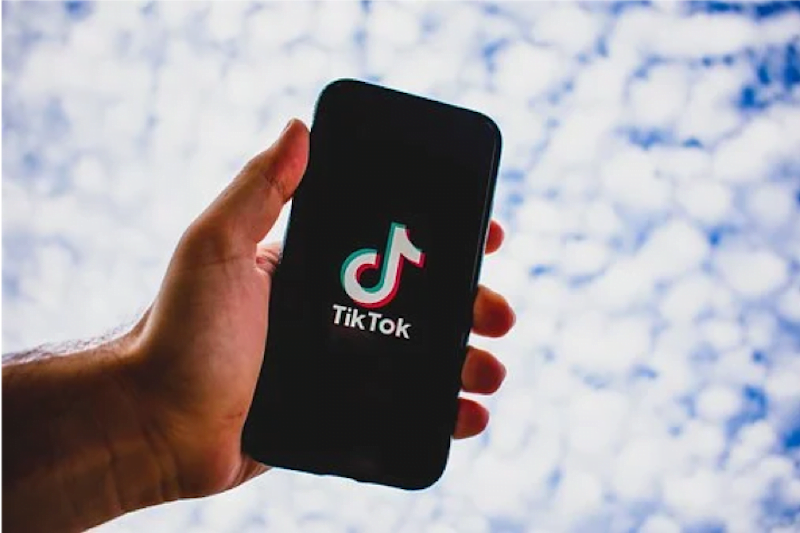
Banner ads for websites can be highly effective if they are designed properly. You can use HotWired, Instapage, or ClickAttack to create banner ads for websites. These are some design ideas for banner ads:
HotWired
Web publishing became popular in the early years after the invention of the Internet. Founded in New York, HotWired was an early experiment in the evolution of the internet. HotWired was renowned for its pioneering spirit. It wasn't driven by money, but rather by a natural curiosity to learn. HotWired's editors were keen to explore the possibilities of this new medium. From Gary Wolf, who was the founder and editor to Steve Wozniak's, the website's contents served a target audience that has not been reached by the Internet.
Veen, a hypertext expert, showed designers the limitations HotWired's capabilities. Veen helped designers to accept the limitations of the medium. For instance, they wanted to layer an image map of the section icons. The CD-ROMs had a clickable starting screen. They used HTML to create an image map. This made the images surrounding it appear as thick blue borders.

Instapage created this page
Creating effective banner ads for your website is not difficult when you use the free, advanced tools provided by Instapage. It also includes an interactive guide that outlines the latest trends in digital marketing. It allows you to securely share your creations and collaborate with other members of your team. You can also track your campaigns live, which gives you instant feedback and allows you to collaborate. It's one among the most sophisticated landing page platforms available on the market. If you want to drive more traffic to your site, it's a good place to start.
Instapage offers many marketing and advertising tools, both for small and big companies. The tool is well-known for its sophisticated landing page maker, but it also offers many other tools. The advertising suite allows you to quickly create and manage landing webpages, as well as personalization and experimentation. The AdMap tool allows you to see how visitors interact with your ads. By incorporating these features into your business plan, you can easily create highly effective banner ads for your website.
Created by ClickAttack
Banner advertising on your website is an effective and cost-effective way of increasing your brand's visibility. Users have grown to be numbed to the ads that appear on their screens. Therefore, it is more important than ever for them to receive value. Banner ads need to be appealing, creative, informative, and well-presented in order to catch the user's attention. In addition, people don't want to click on a banner that offers nothing of value.
There are many ways to identify fraudulent clicks on your website. Google Analytics and Google AdSense both provide valuable information. These tools will quickly reveal the source of click attacks. To hide your location, anonymous proxy can be used. Either way, determining the source of your clicks is important.

Designing a banner ad
There are many factors to consider when creating a banner advertisement for your website. The product or service that you are marketing will determine the size of your banner. One third of your banner should include a picture of your product/service. The other two-thirds should contain your main value proposition. And one-third should remain for the primary call of action. It is highly recommended that you include a chart.
You should also consider the importance of color. A web banner's effectiveness can be affected by its color. Nonverbal colors can enhance or hinder the ability of people to read. The ability to perceive color is more intuitive than reading text. This makes it important that you choose colors that complement the context. Remember that viewers respond differently to different colors. You should use the correct colours for your banner ads.
FAQ
What is an advertiser buyer?
Advertising space is purchased by an advertiser on TV, radio and printed media.
Advertisers pay for the time their message appears.
They don't necessarily want the best ad, but they are more interested in what is most effective at reaching their target audience.
An advertiser might have information specific to their potential customers such as age and gender, marital status or occupation, hobbies, interests, income, etc.
This information can be used by advertisers to decide which media works best for them. For example, they might decide that direct mail would be more effective with older audiences.
Advertisers also evaluate the competition. Advertisers may decide to place their ads in close proximity to similar businesses.
Advertisers should also consider the budget they have and how long they plan to spend it before it expires.
What do you need to know about radio advertising?
Understanding the interactions between different media is essential. It is important to understand that all media forms are complementary and not competitive.
Radio advertising is best when used in conjunction with television. Radio complements television advertising by reinforcing key messages or providing additional information.
For radio listeners, TV commercials can often be too long. Radio ads tend to be shorter and more affordable.
How do I choose my target market?
Begin with you and your closest friends. If you don’t know where or how to start, ask yourself "Whom are I trying to reach?"
Ask yourself the following questions: Who are my industry's most influential people? What are their biggest challenges? Which people are the most intelligent in my industry? They hang out online.
Return to the beginning. Why did your start? What problem did you solve for yourself, and how did you do it?
These questions will enable you to identify your ideal client. These answers will help you understand your ideal clients and what motivates them to buy from you.
Look at your competitors' sites and social media pages for clues as to who they cater.
Once you've identified your target customers, you'll need to decide which channel(s) to use to reach them. A website might be created to reach home buyers, for instance, if your business provides services to agents in real estate.
You could create a blog if you offer software to small business owners.
If you sell clothing, you could create a Facebook page for teens. You could also set up a Twitter account if your restaurant is a business owner to help parents find kid-friendly restaurants.
The point here is that there are many ways to get your message across.
What is an Ad Campaign?
Advertising campaigns are a series or advertisements that promote a product. It can also refer entirely to the production of such ads.
The Latin word for "to Sell" gives rise to the term "ad". Marcus Terentius Varro, 116-27 BC, was the first to use it. He used it as a verb that meant "to make a sales."
Advertising campaigns are usually done by large companies and agencies. They may involve many different media types, including print, television, radio, internet, etc.
Advertising campaigns are typically long-lasting and have clear goals. Some campaigns are designed to increase awareness, while others aim to increase sales.
What do you need information about print advertising
Print advertising can be a powerful medium for communicating with customers. Many companies use print advertising to promote their products. The key objective is to capture the attention of the consumer.
Print ads are usually one-page long. They contain text, images, logos, and any other graphics. You may also find sound, animation, video and hyperlinks.
These are the main types of print ads:
1. Brochures: These large-format printed pieces are meant to draw customers into stores. Brochures are filled with eye-catching designs, colorful pictures, and attractive graphics.
2. Catalogues are smaller versions than brochures. These are usually sent to customers who request information about specific items.
3. Flyers – These are tiny pieces of paper distributed at events like concerts or fairs. They are generally free but must be paid for if they are handed out at retail outlets.
4. Posters – These are larger versions than flyers. They are often displayed on walls, fences, or buildings. They are created by computer software programs in order to grab passersby's eyes.
5. Direct mail – These are direct mail letters and postcards sent to potential customers. These cards are sent by companies periodically to remind their customers about their company.
6. Newspaper Ads - These advertisements are found in newspapers and magazines. They can be quite lengthy and often include text as well as images.
What is advertising's primary purpose?
Advertising isn't just about selling products. It's also about creating an emotional connection among your customers and you.
Advertising is about communicating ideas and values to people who are already interested in what you have to offer. It's about changing minds and attitudes. It's also about creating relationships.
It's all about making people feel good about themselves.
But, if you don’t have a clear understanding of your customers’ needs, you will not be able sell anything.
You must first get to know your customer before you can start advertising projects.
Then, you can create ads that resonate.
Why not use social media advertising for your business?
Social Media Marketing (SMM), allows you reach customers wherever they are on social media networks like Facebook, Twitter and LinkedIn. You can also target specific audiences within these networks by using keywords.
Because this advertising method costs less online than traditional methods, it's more cost-effective. It also allows you to build strong relationships with your current and potential clients.
It's very easy to start using social networks to promote your business. All you need to get started with social media is a smartphone or a computer, and an internet connection.
Statistics
- Nonetheless, advertising spending as a share of GDP was slightly lower – about 2.4 percent. (en.wikipedia.org)
- It collects money from the advertisers, keeps 32% for its role in facilitating the process, and the remaining 68% goes to the publisher (you). (quicksprout.com)
- In 1919 it was 2.5 percent of gross domestic product (GDP) in the US, and it averaged 2.2 percent of GDP between then and at least 2007, though it may have declined dramatically since the Great Recession. (en.wikipedia.org)
- Worldwide spending on advertising in 2015 amounted to an estimated US$529.43 billion. (en.wikipedia.org)
External Links
How To
How to advertise Facebook
Facebook is one of the most popular social media platforms worldwide. It has been estimated that around 1 billion people use Facebook every month. Facebook is the largest company in the world. Facebook's unique features, such as video calls, chat and games, are the main reason for its popularity. With a Facebook account, users can post photos, comment, send messages and play games. Facebook also allows businesses and individuals to promote their products through advertisements. Advertisements can be text ads, banner ads or sponsored stories.
Facebook advertising comes in two forms. You can pay for advertising. There are also free ways to advertise. We'll show you how to do this.
How to advertise on Facebook with paid options
Paid advertising is paid by Facebook for each impression. You can pay monthly or annually. Facebook offers various forms of paid advertising. These include:
Text ads – These ads are very similar to regular text ads. Text ads appear above or under the feed, instead of next to newsfeed items.
Banner ads, which are large rectangle images that cover a whole page, are often large. They usually show an offer or product.
Promoted Posts: These posts appear at or near the top of your newsfeed. Businesses often promote their products with promoted posts.
Sponsored Stories are stories that have relevant content and appear at the top users' feeds. They are paid for by brands and businesses looking to reach potential customers.
Advertising using Free Options
Free advertising on Facebook is done using the same methods as regular Facebook. These include Banner ads and text ads.
You can't create a custom audience through free advertising, but this is not the case with regular Facebook. You can only target people based on age, gender, location, language, interests, and relationship status.
How to start advertising on Facebook
To advertise on Facebook, you must first create an account. You will then be able access to all of the tools. You can set up your account by following the steps below.
-
Click "Create a new ad set."
-
Enter a name for your ad set.
-
Select the type of advertisement you would like to place (text, image, video).
-
Pick the areas you want to target.
-
The budget amount should be established.
-
If you use Facebook Audience Network, select it from the drop-down menu.
-
Click "Next Step."
-
Click "Review and Continue".
-
Before you click "Continue", review your selections.
-
Fill out any additional information.
-
Click "Save Changes."
-
Before you start your campaign, wait until your ad campaigns have expired.
-
Click "View Ad Statistics" after your campaign is finished.
-
You can check the results of your campaign.
-
Continue to repeat steps 13-16 until your business has the right settings.
-
Start advertising!